The entire process
The production of artisan bread follows a precise process that guarantees quality, fragrance and authentic taste. However, at a certain point the same process can follow 3 different paths depending on the characteristics of the product, the quantity and the offer proposed by the bakery to its customers.

Phase 1:
It all starts with the arrival of the flour, which is carefully selected to guarantee an excellent final product. Once received, the flour is transferred to storage silos, where it is stored in optimal temperature and humidity conditions, preserving its freshness and organoleptic properties.
Phase 2:
Next, the kneading phase takes place, in which the flour is mixed with yeast and water at the ideal temperature, precisely regulated thanks to the use of a water coolers. This measure allows you to obtain a perfectly hydrated and workable dough, which is fundamental for the structure of the bread. After kneading, the bread is shaped in the forming phase.
At this point the pieces of raw bread can take
3 routes:
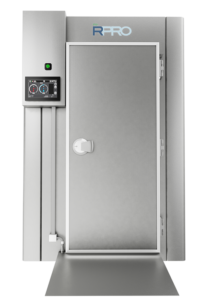
Phase 3:
Once formed, the pieces of raw bread are transferred directly to the Blast Chiller and Shock Freezers, where rapid freezing takes place. This step is essential to maintain the organoleptic characteristics of the product unaltered.
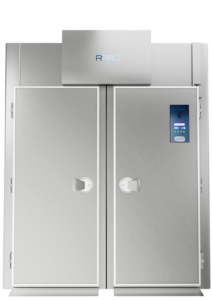
Phase 4:
At the end of the freezing process, the raw bread is transferred to the negative temperature storage rooms, and will represent the stock from which each day the professional will take the quantity and type of product needed for the following day.
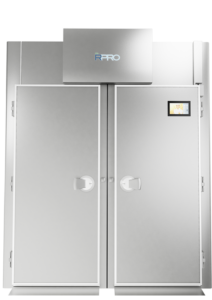
Phase 5:
From the storage room the raw product will be transferred to the Retarder Prover room, the day before baking, where the process of gradual thawing and then fermentation at a controlled temperature, humidity and time is as important as that of rapid freezing.
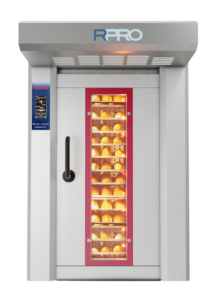
Phase 7:
The next day, the bread is baked at the desired time.

Phase 5:
Once formed, the pieces of raw bread are transferred to the Retarder Provers, where they are kept at a controlled temperature, humidity and time. This process is essential to allow slow and natural leavening, improving the texture and flavor of the bread.
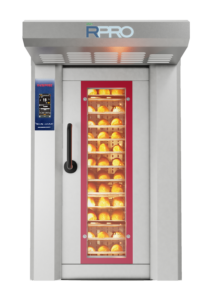
Phase 7:
The next day, the bread is baked at the desired time, guaranteeing an always fresh and fragrant product for customers. Cooking takes place at appropriate temperatures, giving the bread a golden crust and a soft crumb.
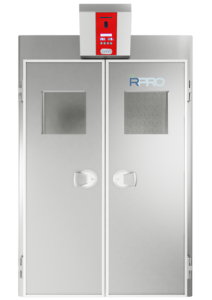
Phase 6:
After an initial resting phase, the pieces of raw bread are formed and then transferred to the Proving rooms, where they are kept at a controlled temperature and humidity until complete fermentation is achieved.

Phase 7:
The bread is baked on the same day of production.
Thanks to this artisanal process, genuine bread is served every day, rich in flavor and made with care, following the traditions of bread making.
To increase the offering to its customers and thanks to the ever-increasing quality of the frozen industrial products, the artisan baker integrates its production with a parallel process
Phase 1:
The first step is the arrival of the frozen product, which is transported by truck at a controlled temperature to preserve its organoleptic characteristics, guarantee food safety, and keep the cold chain unaltered.
Phase 2:
Once delivered, the bread, raw or pre-baked, is immediately transferred to the low-temperature cold rooms, where it remains stored until it is processed
At this point, raw bread and pre-baked bread follow 2 different routes:
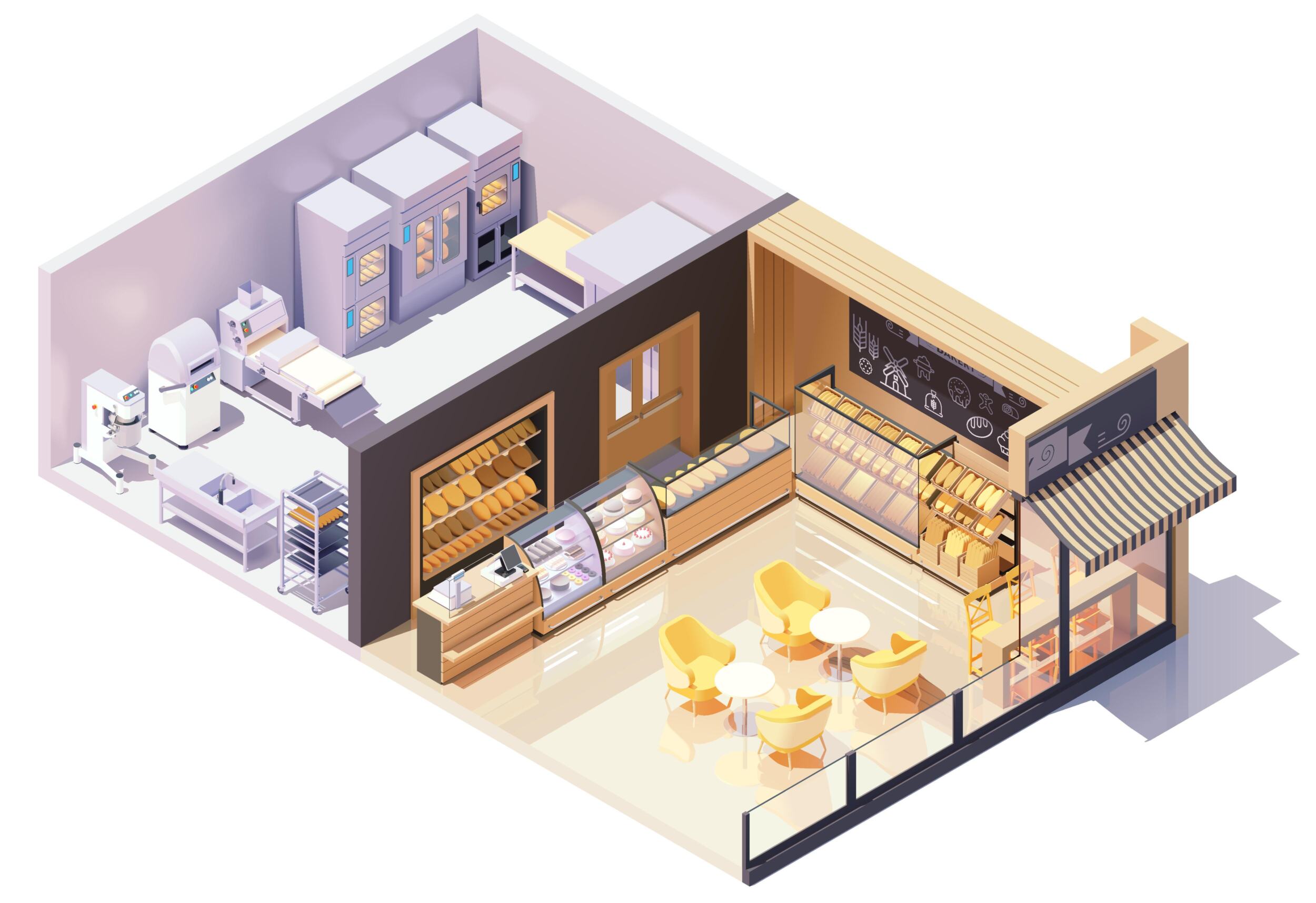

Phase 3:
For raw bread, the next phase is the introduction into the Retarder Proover room, the day before baking, where it is subjected to a controlled fermentation process.
Thanks to a careful balance of temperature, humidity and time, the product rises optimally, developing structure and aroma, fundamental for obtaining high-quality bread.
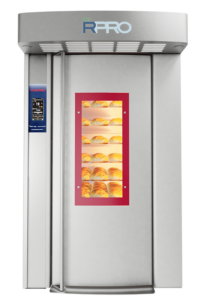
Phase 5:
For both types of products, the following day, at the desired time, the bread is baked. Both paths guarantee the artisan bakery to offer customers various types of leavened products, always fresh and freshly baked.
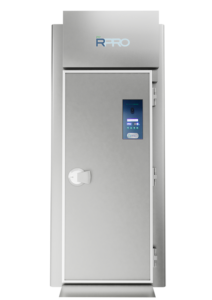
Phase 4:
For pre-cooked bread, the next phase is introduction into the Climatic room, the day before baking, where the bread will undergo a gentle and gradual defrosting so that the ice crystals formed during freezing do not damage the structure of the bread and the bread does not become excessively wet.

Phase 5:
For both types of products, the following day, at the desired time, the bread is baked. Both paths guarantee the artisan bakery to offer customers various types of leavened products, always fresh and freshly baked.
Insight
Retarder provers are fundamental in the production of leavened products because they allow precise control of fermentation, optimizing times and quality of the final product.
This type of room regulates temperature, humidity and fermentation time, allowing bakers to manage the process in a more predictable and flexible way. Without adequate control, fermentation could be irregular, compromising the structure and flavor of the product.
Main Advantages:
✅ Fermentation Control – Avoids over- or under-fermentation, improving product consistency.
✅ Production optimization – Allows you to program the process based on demand, reducing waste and improving work management.
✅ Greater product quality – Promotes uniform growth of the dough, improving the structure, alveolation and flavor of bread or other leavened products.
✅ Energy efficiency – Improves the use of resources by reducing the need for corrective processes.
✅ Elimination of night-time processing – The doughs can be prepared in advance and the fermentation slowed down to have the product ready at the right time.
In summary, Retarder Provers are indispensable tools to guarantee consistency, quality and flexibility in the industrial and artisanal production of baked products.
